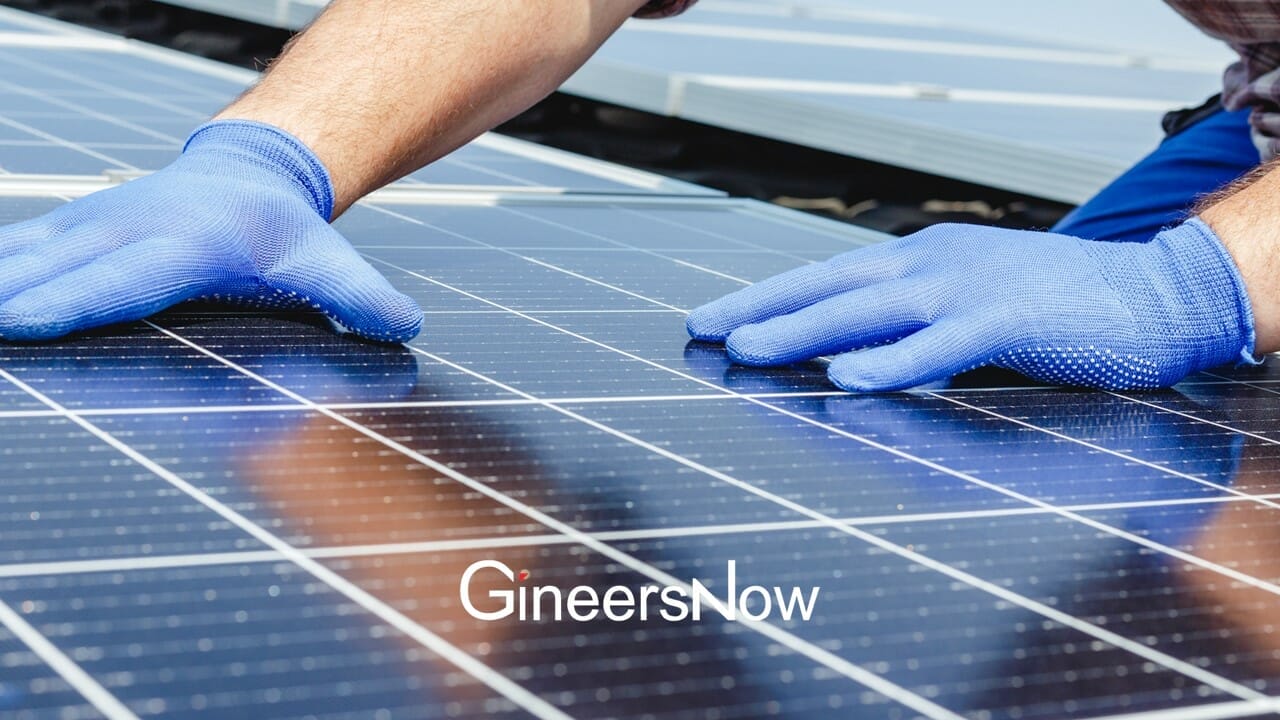While gathering solar energy isn’t a relatively new idea, gathering energy from the sun artificially has never been even close to as efficient as nature’s way of doing so. That is all about to change, as researchers from the Imperial College of London have finally cracked the code to make gathering solar energy much more efficient–enough to even create artificial photosynthesis!
In nature, sunlight is the main component that drives many chemical processes that would otherwise never occur by themselves. The most common example of this is photosynthesis, wherein CO2 and water are processed with the help of sunlight to form oxygen and sugar, when by themselves, CO2 and water would never react.
This reaction is very efficient, meaning most of the sunlight’s energy goes to the chemical reaction itself. However, scientists haven’t been able to mimic this process artificially so far.

Source: Nature Communications
The main reason for this is the fact that the molecules that undergo chemical reactions with sunlight don’t absorb the solar energy themselves, rather, they rely on photocatalysts to absorb the sunlight’s energy efficiently and then pass that energy to the molecules to drive the reaction.
In this new study, researchers have tested on an artificial photocatalyst material using nanoparticles to figure out how to make it more efficient.
The team, which also included other researchers from the University of Duisburg-Essen in Germany and theoreticians from the Rensselaer Polytechnic Institute and Harvard University in the US have proven that light-induced chemical reactions occur in certain regions over the surface of these nanomaterials.
Using a nanomaterial made out of metal nanoparticles which are billionths of a meter in diameter, they tracked the locations of very small “markers” made out of gold nanoparticles on the surface of the silver nanocatalyctic material to determine which areas of the nanomaterial would be most suitable for harvesting and transferring solar energy to chemical reactions.
Now knowing which areas of the nanomaterial gather and transfer solar energy the best, the team hopes to engineer the nanomaterial to make these areas even more efficient. This in turn could lead to better solar panels and even the creation of artificial photosynthesis, wherein the photocatalyst could be used to destroy harmful liquid or gas pollutants and break them down into their less harmful forms.

Source: Nature Communications
“This finding opens new opportunities for increasing the efficiency of using and storing sunlight in various technologies,” Said lead author Dr. Emiliano Cortés from the Department of Physics at Imperial. “By using these materials we can revolutionize our current capabilities for storing and using sunlight with important implications in energy conversion, as well as new uses such as destroying pollutant molecules or gases and water cleaning, among others.”
The results of the study were published in the journal Nature Communications.
Article Sources:














